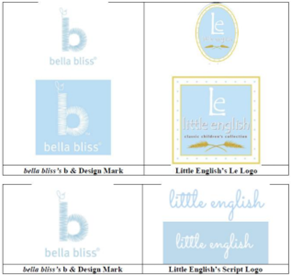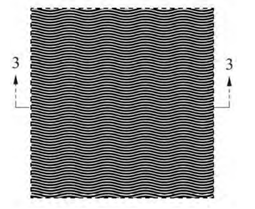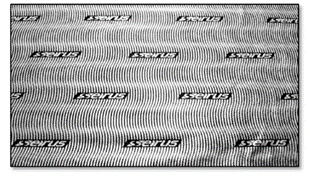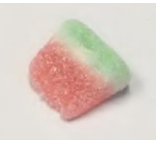In a split decision, the US Court of Appeals for the Federal Circuit affirmed a district court’s award of more than $5 million in attorneys’ fees, finding that the district court did not abuse its discretion in finding the underlying case “exceptional” under 35 U.S.C. § 285 or in calculating the total fees awarded. In re PersonalWeb Tech., Case No. 21-1858 (Fed. Cir. Nov. 3, 2023) (Reyna, Lourie, JJ.) (Dyk, J., dissenting).
Under 35 U.S.C. § 285, a “court in exceptional cases may award reasonable attorney fees to the prevailing party.” In Octane Fitness (2014), the Supreme Court of the United States held that an exceptional case is “simply one that stands out from others with respect to the substantive strength of a party’s litigating position (considering both the governing law and the facts of the case) or the unreasonable manner in which the case was litigated,” and the court considers the totality of the circumstances in making this determination.
PersonalWeb’s litigation positions at issue date back to 2011, when PersonalWeb first asserted five patents against an e-commerce company. After an unfavorable claim construction ruling, PersonalWeb stipulated to dismiss the action, and the district court entered the dismissal with prejudice.
In 2018, PersonalWeb asserted the patents against customers of the e-commerce company. The e-commerce company intervened and filed a new action against PersonalWeb seeking a declaratory judgment to bar the infringement actions against the customers based on the 2011 dismissal. Some of the cases proceeded while others were stayed. The district court granted summary judgment against PersonalWeb on claims directed to two allegedly infringing products for two separate reasons: because of the Kessler doctrine and claim preclusion, and because PersonalWeb conceded that it could not prevail after an unfavorable claim construction order.
The district court also entered an award of attorneys’ fees and costs against PersonalWeb, finding the case to be “exceptional” for the following reasons:
- The infringement claims were “objectively baseless and not reasonable when brought because they were barred due to a final judgment in the [2011 action].”
- PersonalWeb frequently changed its infringement positions to overcome the hurdle of the day.
- PersonalWeb unnecessarily prolonged this litigation after claim construction foreclosed its infringement theories.
- PersonalWeb’s conduct and positions regarding the customer cases were unreasonable.
- PersonalWeb submitted declarations that it should have known were inaccurate.
The district court calculated the attorneys’ fees to be more than $5 million and costs to be more than $200,000. PersonalWeb appealed.
PersonalWeb argued that the district court erred in awarding fees and, even if fees were warranted, the court erred in assessing almost $2 million of the $5 million award. The Federal Circuit found that the district court did not abuse its discretion in any of its findings related to the fee grant, agreeing with the district court’s application of the Kessler doctrine. In Kessler, the Supreme Court ruled that after a final judgment of noninfringement, follow-up suits by the same patentee over the same non-infringing product against customers of the party [...]
Continue Reading
read more


 Subscribe
Subscribe






